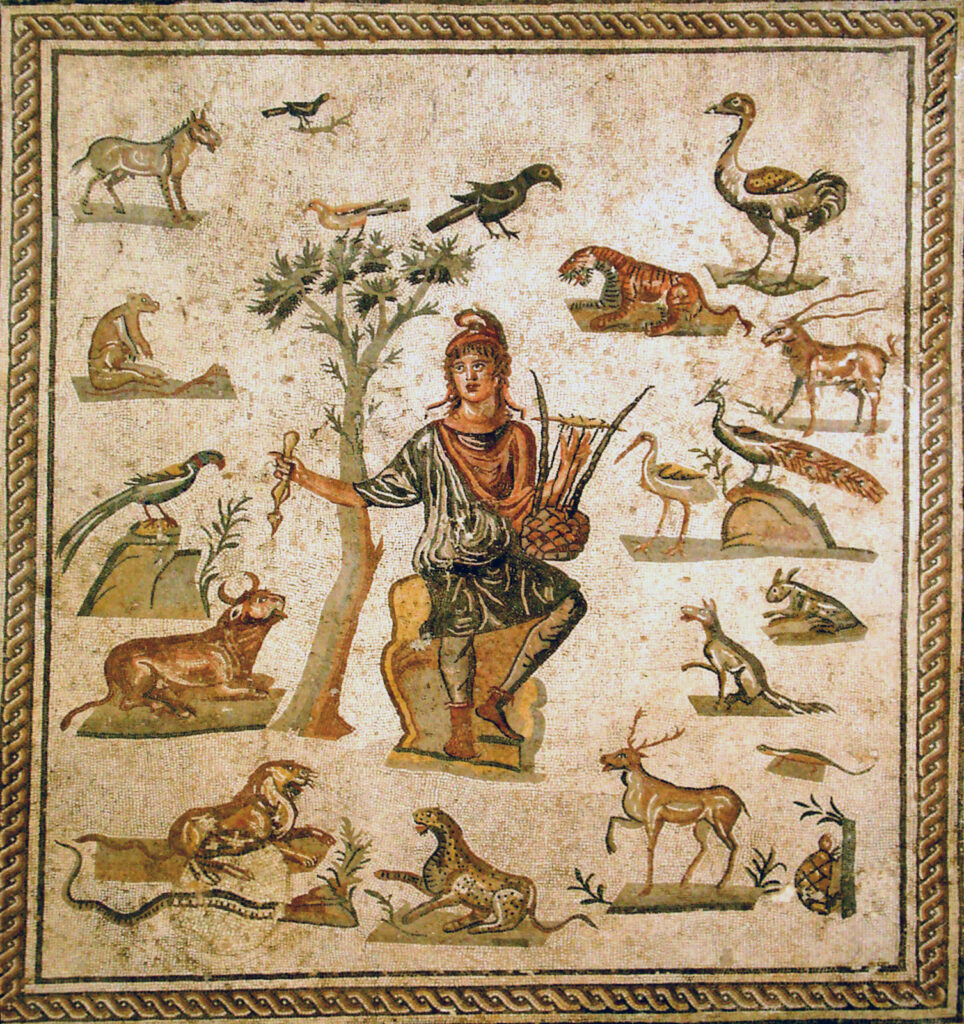
“Iesous Heros” by David Armstrong
“In Christian theology, Jesus is more than a hero, but he certainly is not less than one . . . “
In seventh grade English Language Arts, I teach Carl Jung and Joseph Campbell’s Hero’s Journey—classically represented in, say, the latter’s The Hero With A Thousand Faces (1949)—as preparation for reading Homer’s Iliad. The goal is to help them feel they have a well-constructed model for interpreting character arcs going into Homer, so that, in eighth grade, we can deconstruct that model through what I call the “Antihero’s Journey,” by which I mean the journey of the antihero as a concept through time: from the Wild Man archetype represented by figures like Enkidu, Samson, and David; to Tragic Heroes like Euripides’ Herakles or Sophocles’ Oedipus; to Tricksters like Coyote, Loki, Satan, and the Joker; and on to modern antiheroes like Batman, Anakin Skywalker, or Paul Atreides. This preps them to read the Odyssey, which is a decidedly different work than the Iliad, following a character much more radically transgressive of the norms we associate with heroes.
It’s great fun, and as a third trimester set of units, these work well to keep kids’ attention as the final vestiges of winter pass into memory and the short Missouri springs that buffer late frosts and blistering summers summon their minds and bodies elsewhere. But it also gets me thinking, inevitably, about the Gospel story, and how that story must have sounded in many theaters of its ancient reception. Teaching as a Christian in a Jewish Day School, I make mention of many religious examples in the course of explaining the utility of the Hero’s Journey as a heuristic device in a comparative way, with special emphasis on characters from the Tanakh like Enoch, Moses, David, Elijah, and Jonah. Jesus is a byway example in my lectures alongside the likes of Rama, Siddharta Gautama, and Muhammad. But, once the connection clicks, it is difficult to unsee it beyond my immediate classroom setting: Jesus’ story is easily illuminable by reference to the monomyth, and perhaps even in ways that Christians are habitually primed to ignore.
Campbell’s cycle is best thought of as an overall process of exitus, initiation, and reditus, in which the hero leaves their ordinary world and returns, by means of a journey through the liminal space of the special world, to their ordinary world again—but in a new, elevated state. Campbell drew this narrative from the chiastic structure of reality as Jung saw it, interpreting ancient symbols like the Ourobouros and represented in other ancient interdisciplinary contexts (Polybius’ anacyclosis comes to mind). This broadly matches the overall Gospel narrative as it appears in Paul, the Synoptics, and John. Paul’s master narrative posits Jesus as preexisting “in the form of a god” (en morphe theou, without the definite article), undergoing a “self-emptying” or “demotion” (kenosis) to human form, humbling himself to the point of death, and then experiencing hyper-exaltation (hyperhypsosis) to the ultimate position of power in the kosmos by means of theonymy, the reception of the “divine name” of “Lord”—Kyrios, the traditional Septuagint substitution for the personal name of the deity, YHWH—such that all the universe will submit to him to the Father’s glory (Phil 2:6-11). This story is not a perfect circle, but is more like the open circle of the Zen practice of enso, ending in a way analogous to but also distinct from the way that it began. Paul’s Christ was a god, but has now, by his theonymy, become God (1).
The Synoptic Gospels have Jesus begin in the ordinary world of life in first-century Judea, under the imperial power of the Romans. Mark begins in medias res, such that we meet Jesus at his moment of departure, passing through the threshold of baptism in the Jordan on the path to his quest. Matthew adopts Mark’s general narrative of the Gospel story and paints John the Baptist himself as a threshold guardian, potentially standing in the way of Jesus and his mission by his modesty about baptizing Jesus. The Synoptic Jesus goes into the desert and faces the Tempter, then returns and gathers Allies and Helpers around him. In Paul and in all four Gospels, Jesus’ crucifixion, death, and resurrection, with an implied but not explicitly narrated descent to Hades in Paul, form an inclusio of heroic krisis, katabasis, anabasis, and apotheosis, a process made only more explicit by the Lukan addition of an explicit and separate ascension of Jesus after the resurrection.
Matthew and Luke add details about Jesus’ early life that both to ancients and to moderns did and should suggest traditional hero narratives: Jesus has a special, divine conception and miraculous birth; he is opposed by dangerous forces from his infancy onwards; in Matthew’s Gospel, like Moses, he escapes the reach of a tyrant’s violence in Egypt and then leaves Egypt to return to the holy land. In Luke’s infancy gospel, Jesus’ significance, like that of other ancient hero figures, is explained through a series of oracular prophecies. John’s Gospel, like Paul’s, paints the course of Jesus’ journey on a cosmic scale: added to the basic framework of the Synoptic Gospel is the drama of the Prologue in John 1:1-18—that the story of Jesus is the story of the divine Logos becoming flesh and gifting the opportunity of divine sonship and the divine spirit to receptive human beings, precisely through Jesus’ passion (1). Here, as in Paul, the Gospel is structured by exitus and reditus: Jesus has come from the Father, and it is to the Father that Jesus is returning, through the events of his pascha.
There are limits and problems to the Campbellian monomyth, surely, but it is worth pointing out that the construction of Jesus in ways broadly reminiscent of gods and heroes from popular mythology was already going on in the Gospels themselves, and was recognized by ancient readers of them, including Christian ones. As scholar M. David Litwa has argued in his work, especially Iesus Deus (2014) and How the Gospels Became History (2019), while it is true that Jesus and his earliest followers, including the New Testament authors, were Jews, and they understood Jesus in Jewish categories and spoke about him by reference to Jewish texts and traditions, they also drew on Greco-Roman resources—partly since Jews were a Greco-Roman people and Judaism a Greco-Roman religion of the first century; and partly since many of the readers of the New Testament were themselves non-Jews for whom Jewish categories would have registered less clearly than Hellenistic ones.
A Jewish reader of Luke would know that Jesus’ conception is drawing on several texts related to, for example, the Ark of the Covenant and the divine presence that settled upon it. Greco-Roman readers might intuitively sense that the nature of Jesus’ entry into the world puts him in the same category as figures like Perseus or Dionysos. Jesus’ resurrection is a direct reference to the pre-existing Jewish hope for a future, postmortem bodily immortality, surely; it is also, more generally, on par with other kinds of postmortem immortalization in a divine body such as what Asklepios, Herakles, and Romulus are all purported to have experienced. Justin Martyr, in his First Apology, is perfectly happy to admit that the comparison holds true, and therefore that some of the more fantastic claims made by the Gospels on Jesus’ behalf are only dismissable if one is also willing to discount traditional Greco-Roman beliefs about gods, demigods, and heroic figures. Clearly, later Christian iconographers, who borrowed liberally from images of Zeus, Serapis, Dionysos, and Apollo for their depictions of Christ, felt similarly—just as some earlier Jews had been willing to adopt pagan iconography of the Zodiac and Helios, the sun-god, not to depict but rather to suggest their God in his heavenly court.
The comparison between Christ and the divine beings of Greco-Roman mythology is a favorable one. In Christian theology, Jesus is more than a hero, but he certainly is not less than one, and for many Greeks and Romans, hearing the message about Christ for the first time in the early centuries, the immediately logical conclusion would have been to add him to the pantheon—as apparently happened for some pagans in late antiquity, who did not become Christian but acknowledged Jesus’ divinity. Late antique, medieval, and Renaissance Christians were generally willing to perform these kinds of syntheses between the Gospel and the preexisting religions of the various peoples incorporated into the Christian oikoumene: where comparison was possible and useful, it was effected; where it seemed appropriate for there to be some retention of the gods of the previous pagan religion as symbols of divine powers, servants to the newly regnant Christ, or even as personae sub quarum speciebus Christ could appear, it was done.
This history may prove instructive for us, since there is some degree of temptation for some Christians to try and stress a Jesus and a Christianity that are somehow purely, uniquely, completely insulated from the supposed godlessness of the outside world and its favored narratives. There may be some temptation for contemporary Christians to bristle at an alleged reduction of Jesus to the status of a mere hero; or to resist zooming out from the specificity of Christian theological claims about, say, Jesus’ divinity or his death, to more general observations—a comparative reading of the Gospel as one among other kinds of the same narrative. But this is an instinct that, had it been followed in the early history of Christianity, would have led to its historical disappearance just as quickly as it did for, say, the Essenes at Qumran; it is an attitude that, were it consistently held, would have denied us the Christian minds of Dante Alighieri, J.R.R. Tolkien, C.S. Lewis, Owen Barfield, and of more recent figures like Malcolm Guite, Rowan Williams, or David Bentley Hart. Seeing and affirming the comparison, by contrast, opens the door to reflection on how Jesus’ story does for us what other hero stories do for us, albeit on a different and higher level.
Both Jung and Campbell are clear that the real point of hero stories is that they symbolize the psyche’s own path to holistic integration, what Jung called “individuation”—the rendering of the unconscious conscious—and what Campbell, in another work, characterizes by reference to the deifying power of liberation in the Advaitin tradition. This is summarized by the “great saying” (mahavakya) tat tvam asi, “Thou art that”—that is to say, the atman, the true Self, is really brahman, the infinite, God. Hero stories are about symbolizing and helping us to narrate our own journeys to deification, the realization of the latent divinity within us that can only come about through egoic death and resurrection, through self-identification beyond the limitations of one’s own psyche with the All itself. In Jungian analytical psychology, the utility of dreams, active imagination, and the religious and philosophical myths which help to explain them are chiefly the way that they describe and guide the mind that is coming-to-be, the psyche that is always seeking its own full realization through that integration, in which the hero signifies the psyche’s transition from the false self of the ego-centered existence to the true Self of liberated life.
For Christians, do we really seek anything different from reading, chanting, believing, venerating, commenting on, and seeking to live the Gospel on a daily basis? The collective witness to the final meaning of the Gospel drawn from the New Testament and the Fathers of the early centuries has always been Deus fit homo ut homo fieret deus–”God became man that man might become god,” sharing by grace in all that Christ is as God by nature, just as Christ has come to share hypostatically in all that we are though he is by nature also God. With Christ as our hero in the mythic sense, the psyche itself is drawn into this process of deification which we are otherwise working out liturgically and practically in the Christian life all the time.
The true Self which we are seeking is nothing other than “Christ in you, the hope of glory” (Col 1:27), latently present but not fully realized through faith and baptism. What else, too, is the communio sanctorum if not just such a web of experiences, of those who have gone before us, with us, and who will come after us, realizing Christ in them, too? It is hardly conceivable otherwise how veneration shown the icon of the saint could possibly transfer as worship to Christ himself: this is either licit because they are liberated beings, in whom Christ lives and no longer the ego, the “I” (Gal 2:20), or it is genuine idolatry, a crude paganism content with the merely emanated divinity in which all things participate. If we would join them—if we would join him—we need to understand the Gospel’s heroism, which means learning to find him, though we may find him elsewhere too, in the soul’s archetypal imaginary. For there he waits, our hope of glory.
David Armstrong writes at A Perennial Digression, which has an attendant YouTube channel.
Note: Guest bloggers share their own thoughts as classical educators and learners and do not represent ClassicalU.com or Classical Academic Press. If you are interested in writing guest blog content, please contact us with your name, connection to classical education, and ideas for a blog post.


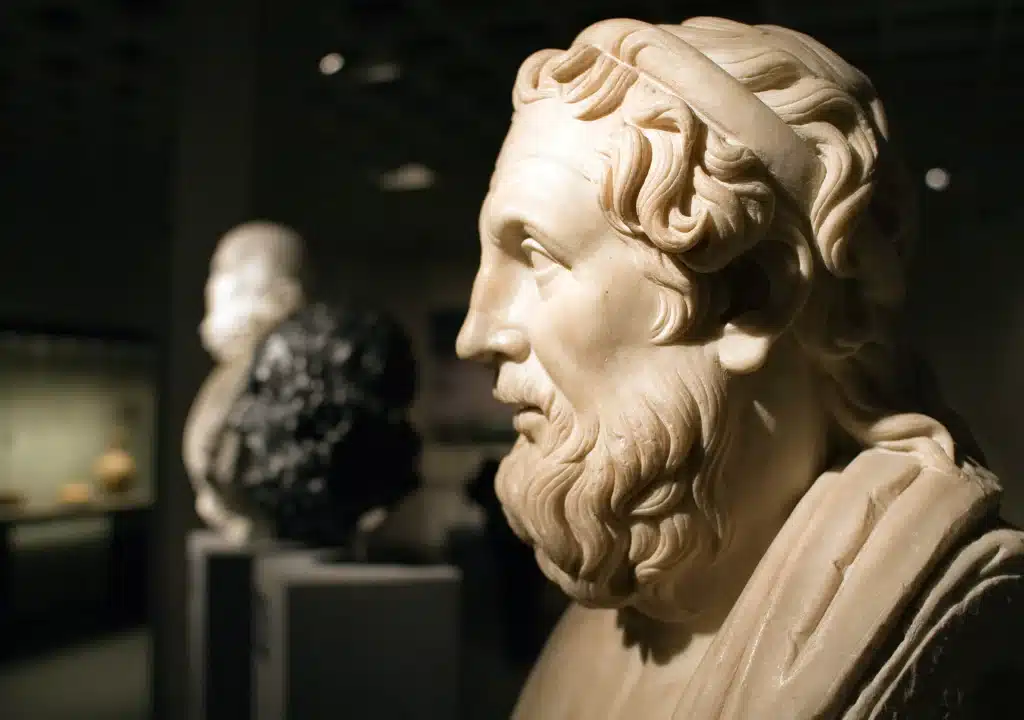
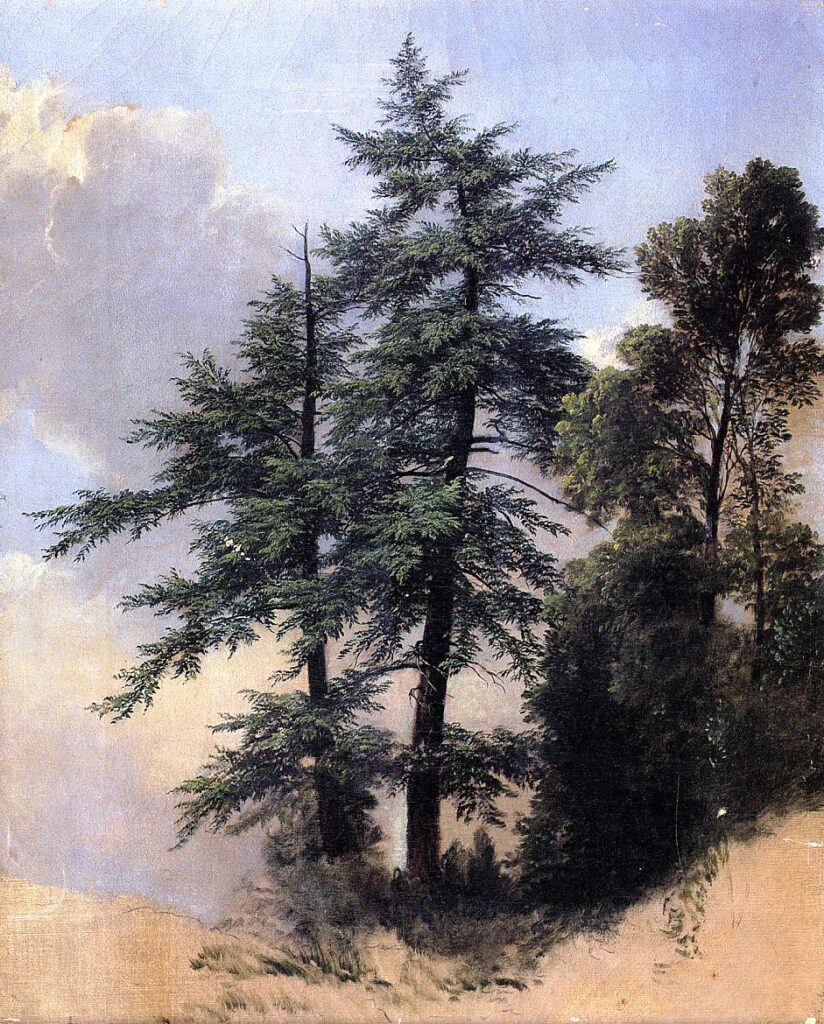

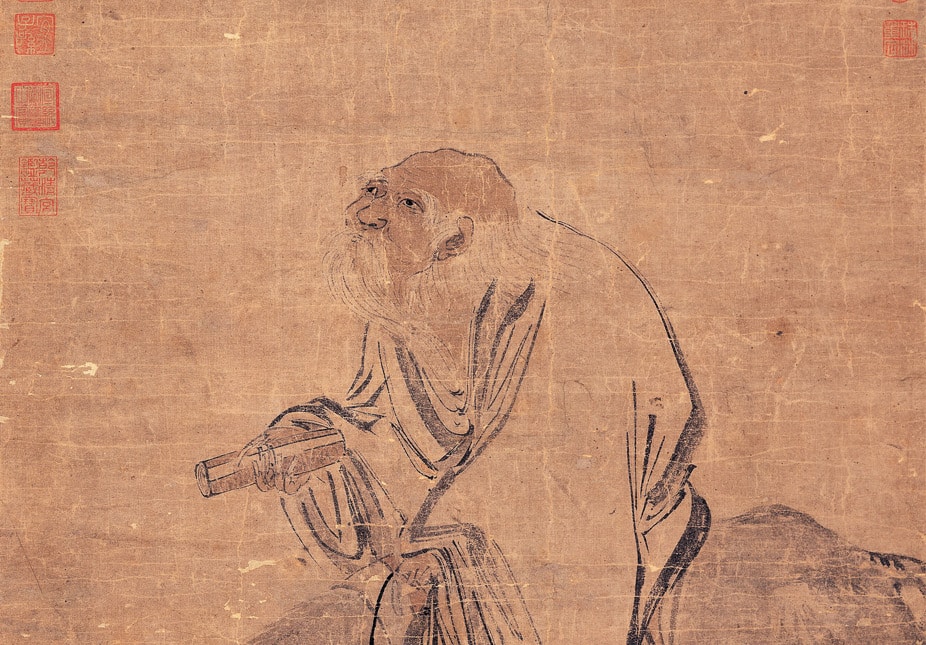
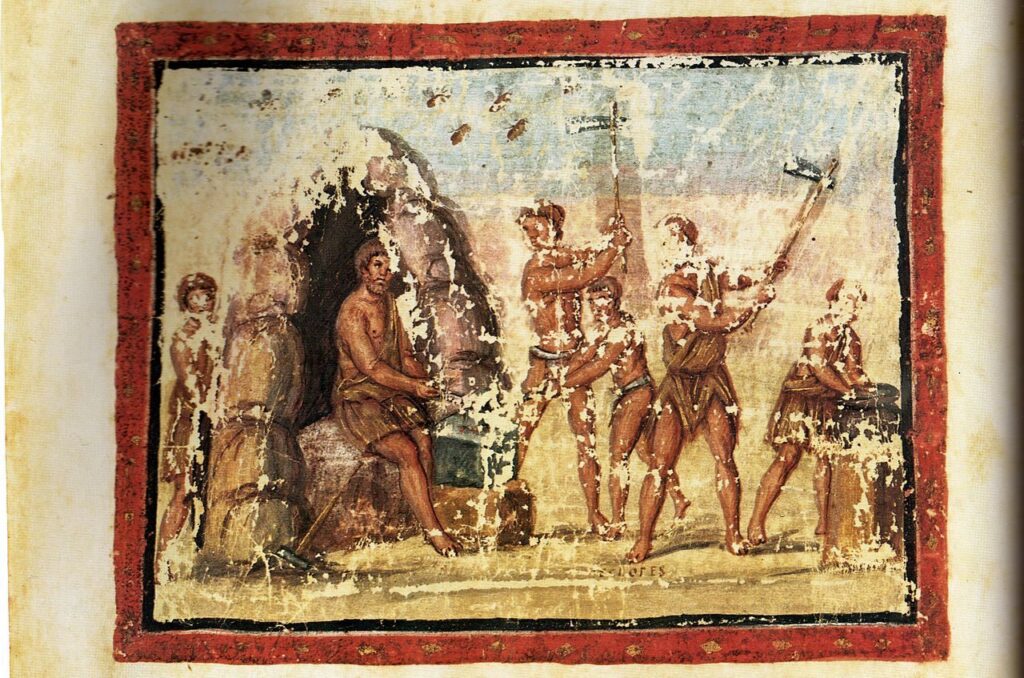

Responses